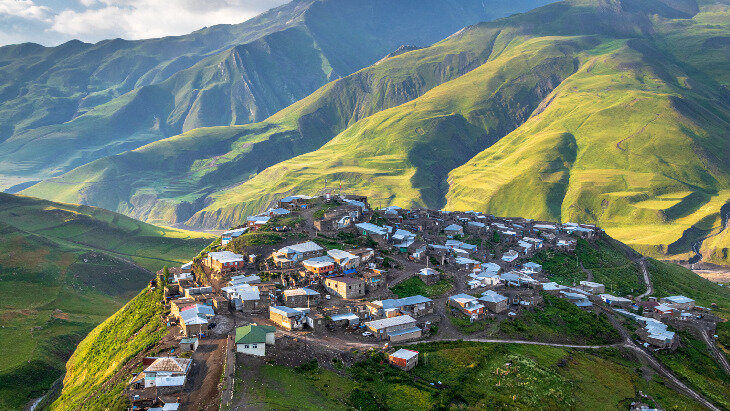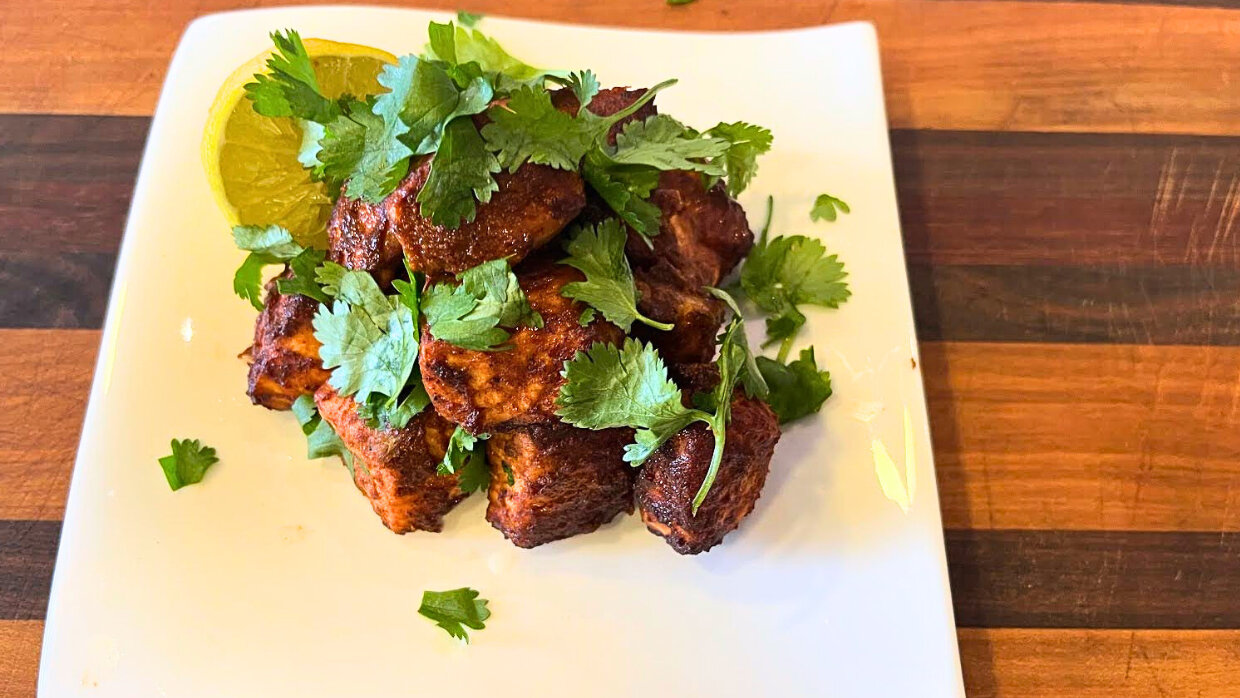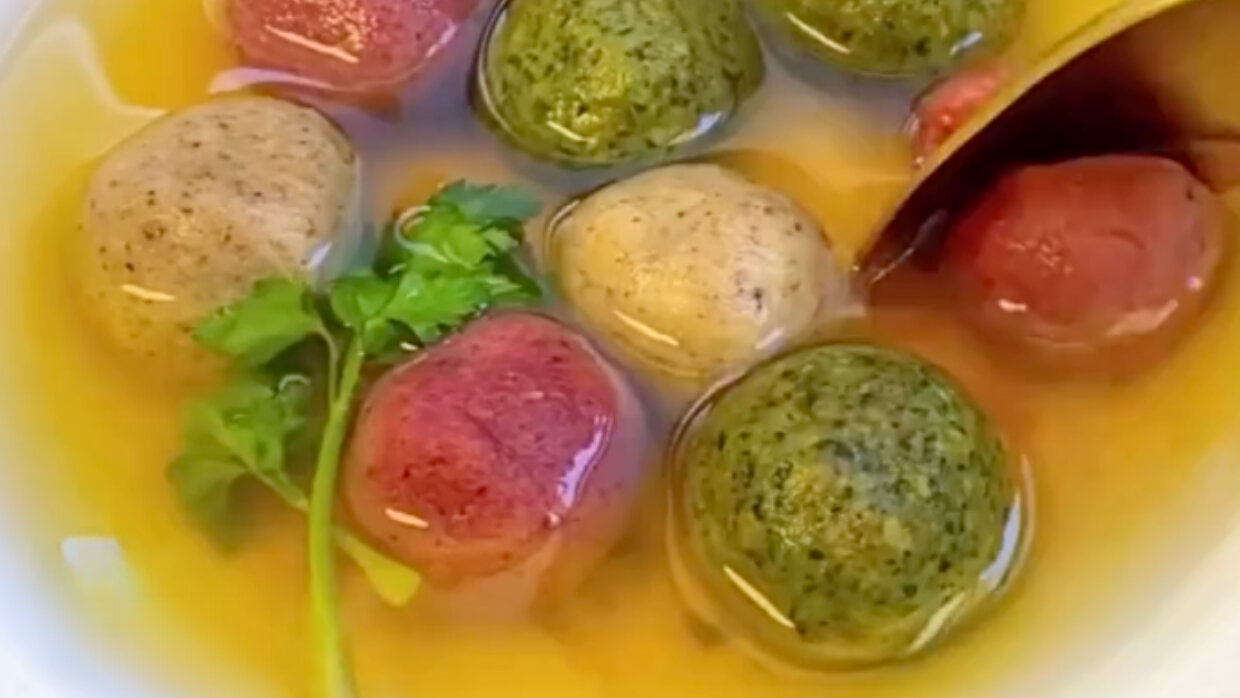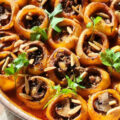Azerbaijan, located adjacent to a region often referred to as Central Asia, is bordered by the Caspian Sea to the east, Iran to the south, Armenia to the west and Georgia and Dagestan to the north. Near the northern border of Azerbaijan, is a mountain range known as the Caucasus which extends north and west into Russia.
Though the Caucasus mountains are remote and protected, the land is hardly barren. According to the website 196flavors.com, “… out of 11 climate zones that are known in the world, the Azerbaijani climate features nine. This diversity in climate contributes to the fertility of the land and the richness of its cuisine, with an abundance of vegetables, greens and fruits used seasonally ….”
In this remote, geographically-protected, agriculturally-rich region lives a Jewish community known as the Mountain Jews or Jews of the Caucasus or Kavkazi Jews or Gorsky Jews. All of these monikers are as accurate as its counterparts. What these Jews are not is Ashkenazi or Sephardi – the two most talked about Jewish cultural delineations in the broad spectrum of the Jewish diaspora.
This group of Jews likely arrived in the region as far back as the 8th century BCE, by way of Babylonia and Persia, seeking protection from religious persecution in the remoteness of the Caucasus Mountains. Despite the unrest in and near the region over the years, it has remained a safe place to practice Judaism and to live peacefully with other religions, especially the Muslim community.
Although the Mountain Jews live in various regions throughout the Caucasus mountains including across the border in the Russian republics and on the Caspian coast in Baku, there is a unique community in the northern end of Azerbaijan called Gyrmyzy Gasaba (Krasnaya Sloboda in Russian) that is the last existing shtetl (all-Jewish village) in the world outside of Israel.
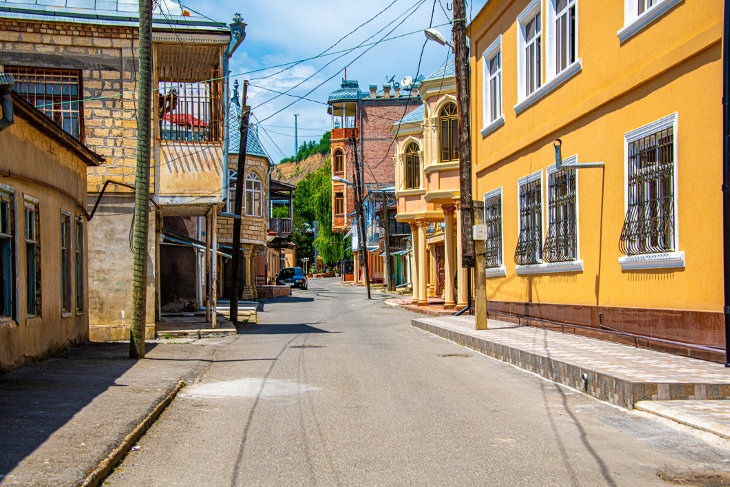 Hidden Jewish Village, Krasnaya Sloboda, Quba, Azerbaijan
Hidden Jewish Village, Krasnaya Sloboda, Quba, Azerbaijan
Gyrmyzy Gasaba (which means red village referring to the red tiles in the architecture) is still a thriving all-Jewish community. But in 1991, when Azerbaijan received its independence from the Soviet Union, the population of Gyrmyzy Gasaba decreased from a high of 18,000 Jews to the present-day 3000-4000 since many Jews emigrated to Israel and the United States.
The Mountain Jews speak their own language known as Judeo-tat or Juhuri, strongly influenced by Hebrew, Farsi, Aramaic and Arab languages. While still spoken in Gyrmyzy Gasaba, it is on the UNESCO list of endangered languages, as is Yiddish.
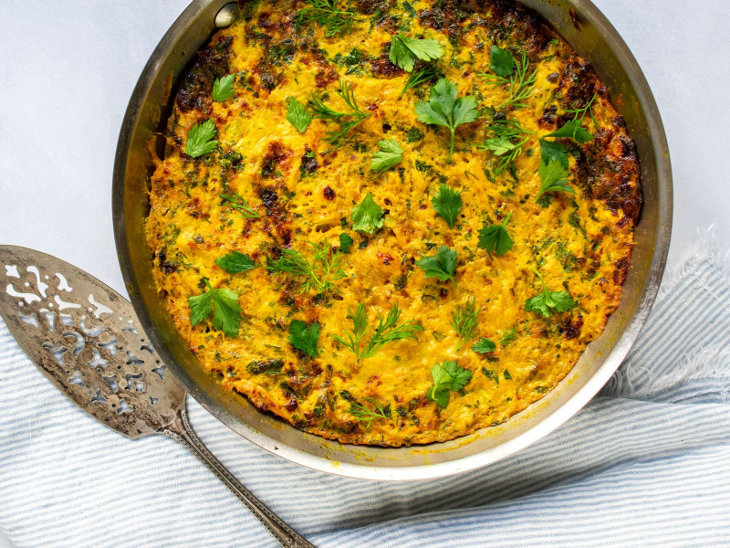
Given their unique remote geographical location and long history in the region, the Mountain Jews have a rich and hearty cuisine all their own. If you look closely at their recipes and specialties, you see shared elements with Eastern European foods, Persian and Turkish foods and a very strong tie to the cuisine of Azerbaijan (Azeri cuisine). Of course, as needed, recipes were adjusted to follow the laws of kashrut.
Rice (osh) is very common in the dishes of the Mountain Jews and in Azeri cuisine overall. Plov, a layered rice dish served throughout the Central Asian region, is found in many variations from fruit and vegetable-focused versions to many that include lamb, beef and chicken.
Dolmas (yarpag dolmasi) or stuffed grape leaves, something also found in other regions of the Eastern and Western Mediterranean, are found in this cuisine but are filled with meat, rice, onion and lots of fresh herbs, instead of a rice-based meatless mixture.
The soups range from hearty meat-filled, stew-like dishes to cooling yogurt-based soups that incorporate the region’s abundant supply of greens such as mint, cilantro and dill.
And of course, every cuisine has a dumpling. North of the Azerbaijani border in Dagestan, they make a dumpling called kurze with a beautiful center-braided closure and a beef-based filling. Kurze are boiled and served with a garlic vinegar sauce. In Azerbaijan, there is a meat-filled dumpling formed in the round and usually served in soup called dushpara (also spelled dushbere or dushbara).
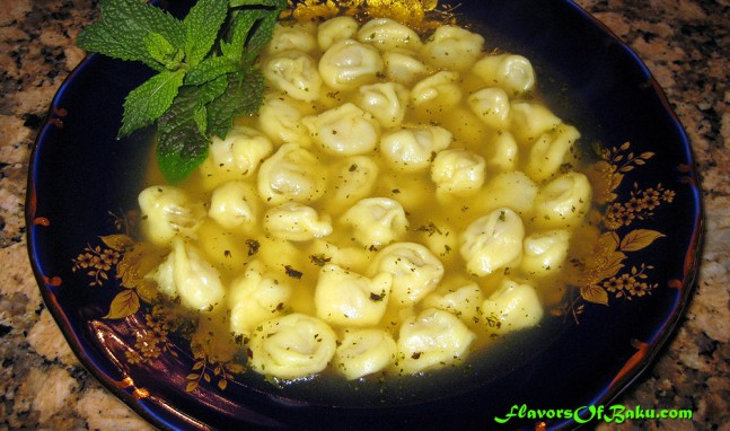
The Mountain Jew cuisine is very connected to the local agriculture, season-by-season. For example, chestnuts grow and thrive in the Caucasus mountains. So not only will you see chestnuts used throughout Azeri cuisine but also in the recipes of the Mountain Jews – added to the plovs, soups, stews and even added to an egg-based dish called khoyagusht.
Plums, which grow in the region, play a prominent role in many dishes from the sauce on the osh yarpagi (cabbage rolls) to the sour component in many plovs and also serve as frequent additions to soups and stews.
Seasonally available fresh herbs such as cilantro, dill, parsley, and mint are used liberally. Whereas an Ashkenazic version of stuffed cabbage is usually made with a tomato-based sauce and no fresh herbs in the filling, a Mountain Jew version might include fresh cilantro and dill in the meat filling and a sour plum braising liquid.
The Mountain Jews have many holiday dishes that are quite different from Ashkenazi or Sephardi dishes. A Gorsky Jew from Nalchik, Kabardino-Balkaria explained to me that for Purim, “Gorsky Jews will make various sweets called "gus-khalevo", which would include sunflower seeds in honey, walnuts in honey, etc. To prepare sunflower seeds, they were peeled by hand (usually grandmas would gather for days before the holiday).”
For Passover, a soup called tara, unique to the Mountain Jew cuisine, is made with local mallow or swiss chard, ground or chopped meat and topped with matzo crackers. Jews in Azerbaijan might also add chestnuts.
For Hanukkah, they might make a dish called osh kyudu - pumpkin rice pilaf with carrots, pumpkin, dried fruits, turmeric, and cumin – a very different tradition than fried latkes and donuts!
Because the Mountain Jews are integrated into the culture, population and geography of Azerbaijan, there is much crossover between what a Mountain Jew might eat and what Azeri cuisine is. But there were several dishes that were repeatedly noted to be unique to the Mountain Jews including a frittata-like egg-based dish called khoyagusht. Khoya means “eggs,” “gusht,” means “meat.” According to Esther Mordechai, a Mountain Jew from Baku, the capital of Azerbaijan and a restaurant owner in Canada, “khoyagusht may date back all the way to the Babylonian Jews.” It is a simple, hearty, and comforting dish to make and eat. This version of khoyagusht clings to tradition and strays just a little with the addition of fresh herbs in the egg mixture to add freshness and pay homage to the abundance of herbs found in the region and used in the cuisine.
Milikh Yevdayvey, head of the Jewish Community in Gyrmyzy Gasaba, summed up the unique beauty of the cuisine and culture embodied in the Caucasus region: “How do we … enjoy our delicious, kosher food in this majority-Muslim country we call home? Jews and Muslims in Azerbaijan have for many years enjoyed a mutual respect for traditions, and we have always been able to find kosher food along with the abundance of halal. It may sound unusual in the world we live in today, but when it comes to food in Azerbaijan, as like many areas of life, we see the shared culture of a meal as a bond and not a challenge.” (from an article in the Jewish Journal by Milikh Yevdayev)





